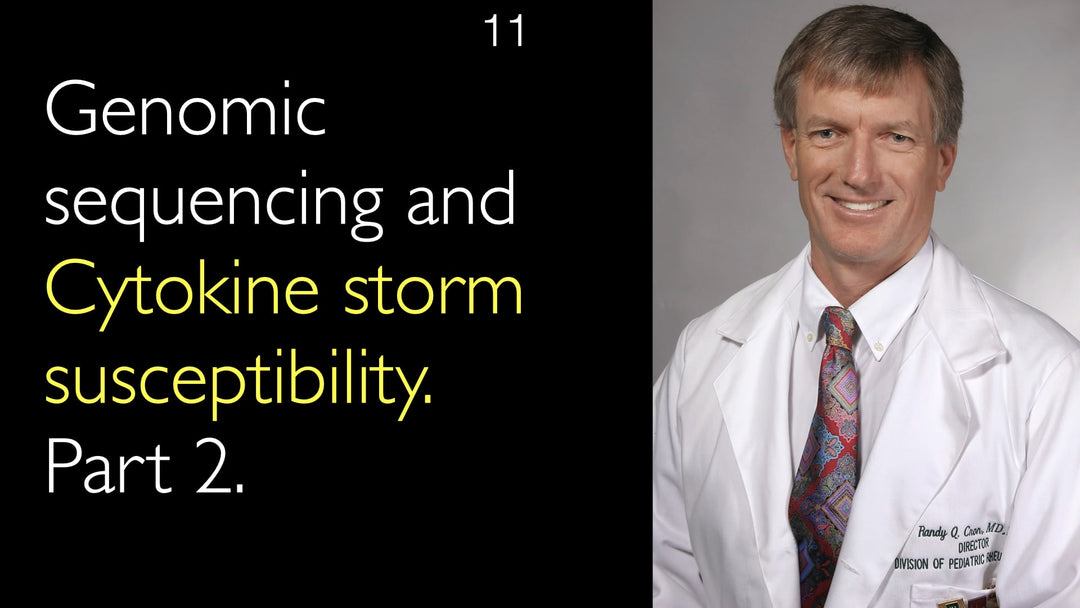Dr. Anton Titov, MD, explores the clinical advantages of modern colorectal cancer screening.
Advantages of Virtual Colonoscopy for Right-Sided Colon Cancer Detection
Jump To Section
- Virtual vs Optical Colonoscopy Comparison
- Right-Sided Colon Detection Advantage
- Left-Sided Colon Evaluation Challenges
- Optimal Colorectal Cancer Screening Strategy
- Polyp Growth and Cancer Development Timeline
- Full Transcript
Virtual vs Optical Colonoscopy Comparison
Dr. Perry Pickhardt, MD, describes CT colonography and regular colonoscopy as complementary screening tools. Each method has distinct strengths in evaluating different parts of the large bowel. This creates a powerful combined approach for comprehensive colorectal cancer screening.
Virtual colonoscopy uses CT scanning to create a 3D model of the colon. Optical colonoscopy involves inserting a fiberoptic endoscope for direct visualization. The differences in technology lead to variations in performance throughout the colon.
Right-Sided Colon Detection Advantage
Virtual colonoscopy demonstrates superior performance in detecting right-sided colon cancer. Dr. Perry Pickhardt, MD, explains that the right side of the large bowel is further from the endoscope during optical procedures. This anatomical distance creates challenges for traditional colonoscopy.
The right colon's more distensible nature provides an ideal environment for CT colonography evaluation. The 3D fly-through computer analysis faces no restrictions in this capacious area. This technological advantage translates into better cancer detection rates on the right side.
Left-Sided Colon Evaluation Challenges
Virtual colonoscopy encounters more difficulty evaluating the left side of the colon. Dr. Perry Pickhardt, MD, notes that diverticular disease often narrows the colon lumen in this region. These anatomical challenges can complicate the computer analysis during CT colonography.
Optical colonoscopy typically performs better in the left colon due to easier access. The procedure faces fewer technical obstacles in this portion of the bowel. This creates a natural balance between the two screening methodologies.
Optimal Colorectal Cancer Screening Strategy
Dr. Perry Pickhardt, MD, proposes an ideal screening strategy combining both approaches. He suggests alternating CT colonography with flexible sigmoidoscopy every 5 to 10 years. This combination leverages the strengths of both methods for comprehensive coverage.
Flexible sigmoidoscopy is significantly less invasive than full optical colonoscopy. It requires less patient sedation and shorter recovery time. Dr. Perry Pickhardt, MD, still favors full CT colonography as the preferred method for its complete evaluation capabilities.
Polyp Growth and Cancer Development Timeline
The slow progression of polyp development supports extended screening intervals. Dr. Perry Pickhardt, MD, confirms that polyps take approximately 10 years to grow into advanced neoplasia. This lengthy timeline allows for strategic scheduling of screening procedures.
This extended development period provides a window for detection before cancer forms. The 5 to 10 year screening interval aligns perfectly with this biological timeline. Dr. Anton Titov, MD, discusses how this understanding informs modern screening recommendations.
Full Transcript
Dr. Anton Titov, MD: What is the ideal method for colon cancer screening? What is the best interval between colorectal cancer screenings? How do virtual colonoscopy and regular colonoscopy compare in cancer-finding sensitivity? A leading virtual colonoscopy screening expert discusses CT colonography.
Virtual colonoscopy can detect precancerous and early colon cancer lesions. CT colonography does this with even greater accuracy than optical colonoscopy. It is especially true for lesions on the right side of the colon.
Dr. Anton Titov, MD: Please compare how virtual colonoscopy and optical colonoscopy differ. What is their ability to detect colon cancer at different locations along the large bowel?
Dr. Perry Pickhardt, MD: Yes. CT colonography and regular colonoscopy are fairly complementary because CT colonography seems to have an advantage on the right side of the colon. The right side of the large bowel is further away from the fiberoptic endoscope, but it is more distensible. It has a more capacious area for us to do a 3D fly-through during virtual colonoscopy computer analysis. We have no restrictions evaluating the right side of the colon.
Dr. Perry Pickhardt, MD: We tend to have more difficulty on the left side of the colon. On the left side, diverticular disease may narrow the colon lumen and can cause some difficulty for virtual colonoscopy analysis.
Dr. Anton Titov, MD: The opposite is true for regular colonoscopy. Optical colonoscopy tends to do better on the left side of the colon, which is easier to access. But then optical colonoscopy has more difficulty reaching over the right side of the large bowel.
Dr. Perry Pickhardt, MD: Optical colonoscopy struggles to look around every single fold on the right side of the colon. I've often considered that the perfect strategy for colon cancer screening is CT colonography alternating with flexible sigmoidoscopy every 5 or 10 years. This would provide the benefits of both left-sided and right-sided detection of colorectal cancer and precancerous lesions.
Dr. Perry Pickhardt, MD: CT colonography does well enough on the left side of the colon. Virtual colonoscopy is really a one-stop shop for colon cancer screening. This would be a very interesting strategy indeed because it takes about 10 years for polyps to grow and become advanced neoplasia. It takes a long time for polyps to become precancerous or early colon cancer lesions.
Dr. Perry Pickhardt, MD: Yes, that is correct. There are some interesting complementary benefits from using both virtual and optical regular colonoscopy.
Dr. Anton Titov, MD: Flexible sigmoidoscopy, of course, is much less invasive than full optical colonoscopy in terms of sedation and recovery time. But I still would favor a full CT colonography every 5 to 10 years as the preferred method.
Virtual colonoscopy has advantages in detecting cancer on the right side of the bowel. Can virtual colonoscopy detect Crohn’s disease and ulcerative colitis? How do virtual colonoscopy and optical regular colonoscopy compare in the ability to detect colon cancer at different locations of the large bowel? Virtual colonoscopy has no restrictions to evaluate the right side of the large bowel.
A perfect colorectal cancer screening strategy might be CT colonography alternating with flexible sigmoidoscopy every 5 or 10 years. Flexible sigmoidoscopy is much less invasive than full optical colonoscopy.







